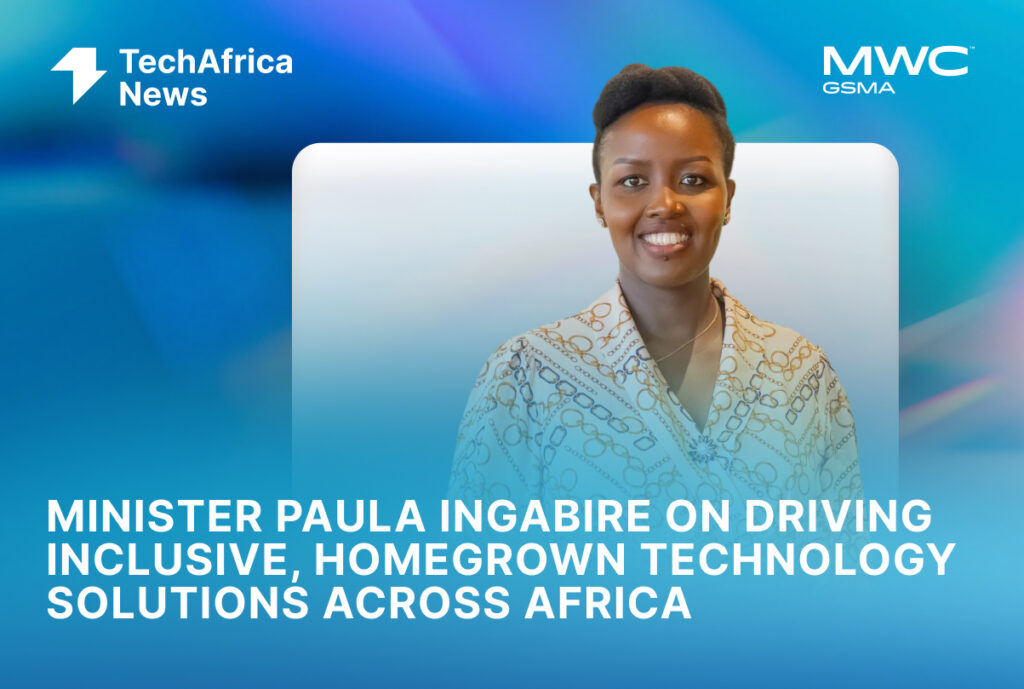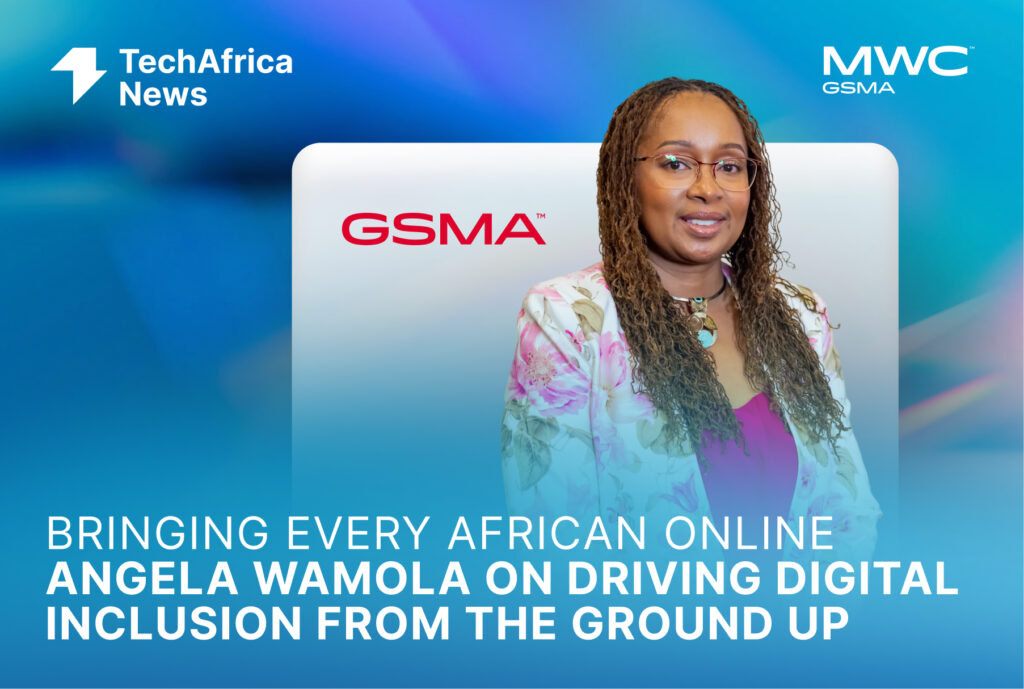Ericsson on Harnessing 5G to Drive Scalable Connectivity, AI-Enabled Networks, and Local Innovation
From the bustling floor of MWC Kigali 2025 in Rwanda, Africa’s digital future was front and center. TechAfrica News Chief Editor and Founder Akim Benamara, had a chat with Majda Lahlou-Kassi, Vice President and Head of Customer Unit West and Southern Africa at Ericsson, to explore how the continent is moving beyond connectivity. Our conversation delved into network investments, the rise of local innovation, and strategies to ensure digital transformation is sustainable, inclusive, and driven by Africa’s own talent and technology.

- 00:26Shifts in Network Investments – From Legacy to 5G
- 1:55Local Context and Solutions Tailored to Market Needs
- 3:37Balancing Coverage, Profitability, and Energy Efficiency
- 6:17Unlocking Innovation Beyond Connectivity via 5G Exposure
- 7:54Sustainability and Capacity Building Across the Ecosystem
- 9:34Optimism for Africa’s Digital Future and Talent Pool
Shifts in Network Investments
Lahlou-Kassi emphasized that Africa is transitioning from a technology consumer to a technology producer. Operators are modernizing networks, rolling out 4G while preparing for widespread 5G adoption, projected to reach 400 million subscribers by 2030. Investments in cloud transformation and AI are also key priorities, enhancing network efficiency, reliability, and scalability, while enabling affordability to ensure connectivity reaches all communities.
Local Context and Tailored Solutions
Ericsson’s strategy focuses on understanding the local ecosystem. Lahlou-Kassi explained that the company engages with governments, service providers, SMEs, and industry segments such as mining and ports to design solutions that meet Africa’s unique needs. While standardization ensures reliable and scalable networks, insights from local markets guide Ericsson’s research and development, enabling scalable and affordable products.
Balancing Coverage and Profitability
Operators face the challenge of expanding network coverage while ensuring profitability. Ericsson addresses this by optimizing total cost of ownership and reducing energy consumption, leveraging AI to improve economic and environmental outcomes. Key 5G use cases, such as fixed wireless access, are being explored to generate value, especially when combined with standalone 5G and advanced features like network slicing.
“For us, one element that makes 5G an interesting and transformative technology for Africa is all the capabilities it offers. And it goes beyond the latency and the throughput. When you open the capabilities of the entire network to developers, you can really scale up innovation to a level that we can’t even now realize. From an Ericsson standpoint, network exposure is a big area we focus on, and we also aim to bring the entire ecosystem to support us in this effort. We are having conversations with local partners on how they can develop applications that we can scale based on the capabilities of the 5G network.”
– Majda Lahlou-Kassi, Vice President and Head of Customer Unit West and Southern Africa, Ericsson
Unlocking Innovation Beyond Connectivity
Lahlou-Kassi highlighted the transformative potential of 5G, not only for speed and latency but for network exposure that allows developers to innovate and scale applications. Ericsson is supporting local partners and developers to unlock new value beyond connectivity, ensuring that digital transformation benefits enterprises and communities alike.
Sustainability and Capacity Building
Sustainability remains central to Ericsson’s approach. Beyond energy-efficient networks, the company prioritizes capacity building by partnering with governments and organizations such as Smart Africa and UNESCO to develop digital skills. Initiatives include skilling young talent in Nigeria to prepare them for the continent’s innovation ecosystem.
Optimism for Africa’s Digital Future
Lahlou-Kassi expressed optimism about Africa’s digital trajectory, citing the continent’s young population and growing digital talent pool. She highlighted alignment with national digital strategies, investment in AI, and a focus on inclusive technology as critical factors for sustainable digital growth.





